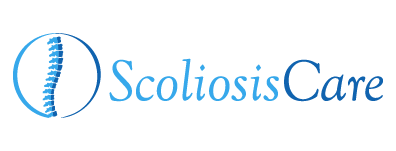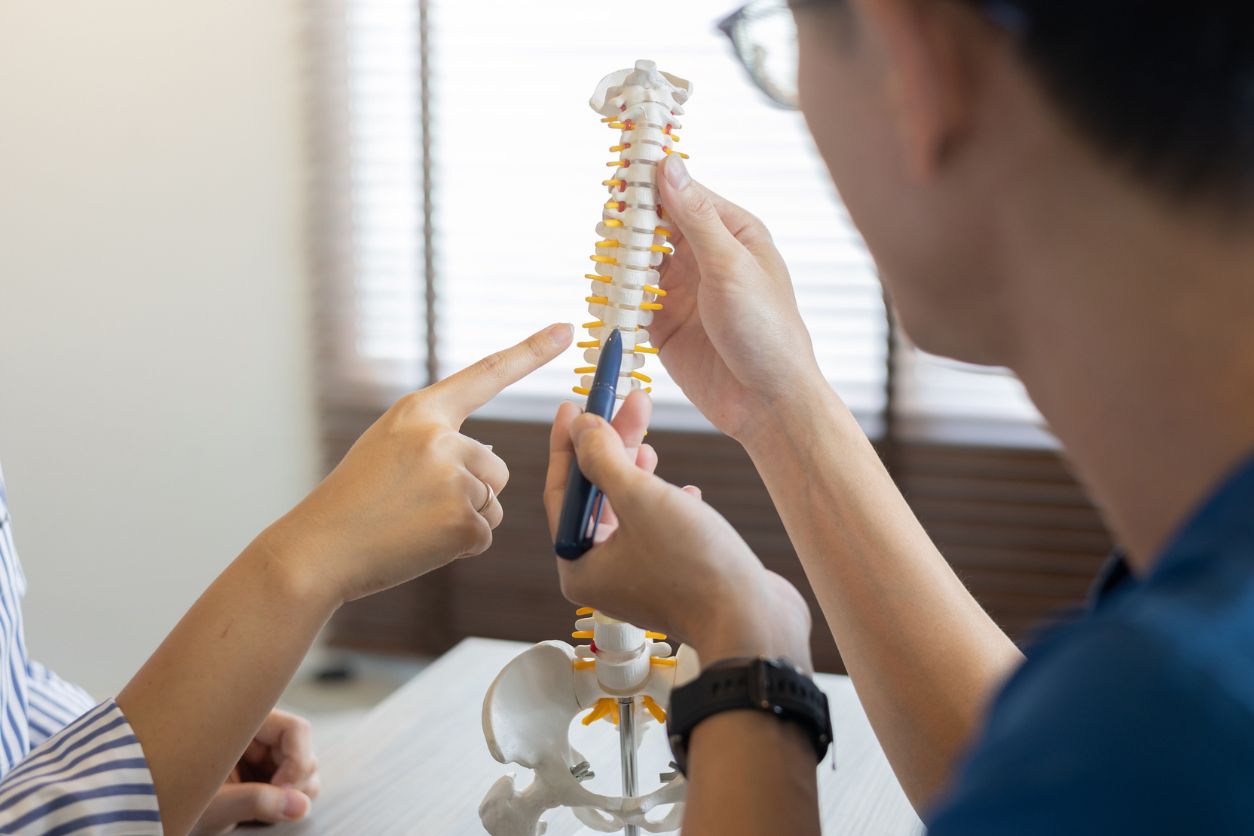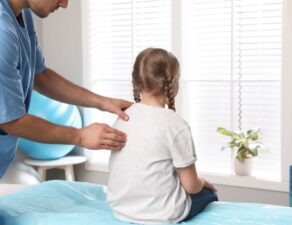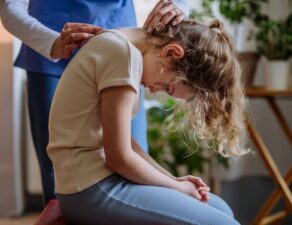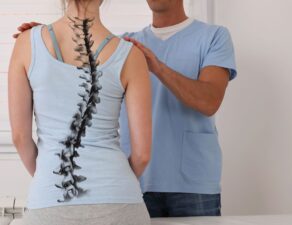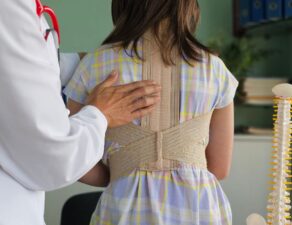
As many families begin to send their children back to school, Dr. Siambanes of Scoliosis Care is sharing the early signs and symptoms of scoliosis and how to properly conduct scoliosis checks for parents with young or adolescent children.
While a few rare cases have been found of early-onset scoliosis affecting children before the age of three, most cases of scoliosis begin to show signs and symptoms around ages 10 to 12, when a child reaches puberty. It’s during this age that children should be checked often for scoliosis, which parents or guardians can conduct at home.
When screening your child for scoliosis, it’s important to look for skeletal asymmetry and uneven posture, which are two of the most common signs that a person is developing scoliosis. If you notice one shoulder or hip appearing higher than the other, or prominence in one side of the ribcage, these are tell-tale early signs of scoliosis.
In moderate or severe cases of scoliosis, other symptoms may also appear, including pain, changes in the way a person walks, a reduced range of motion and even fatigue. Pain may be chronic or acute, and stems from muscle spasms, inflammation or degeneration of discs or joints.
Many schools provide scoliosis screenings, but may only conduct them once a year, leaving a long period where scoliosis may develop unnoticed.
“School screenings for scoliosis involve a trained professional assessing rotation of the spine using the Adams Forward Bend Test,” according to Forbes Health. “This simple screening requires a person to bend forward toward their toes while a trained professional examines their back for structural or functional indicators of scoliosis.”
If a school healthcare professional determines that a student might have scoliosis, he or she will refer them to a doctor for further evaluation.
Keep in mind that even if your child is diagnosed with scoliosis, there is nothing to fear. Most people with scoliosis live normal, healthy lives and are not restricted in physical activity.
If you’re a parent or guardian concerned about scoliosis in your child, or have any follow-up questions or concerns, contact Scoliosis Care today!
